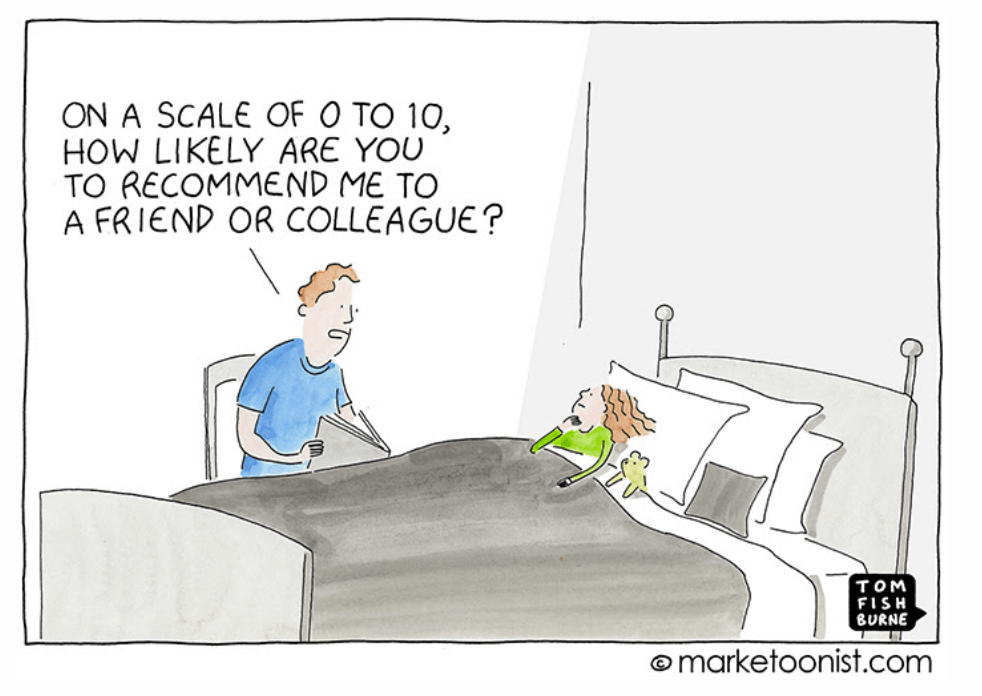
“How likely are you to recommend?”
The above question is asked endlessly after customer experiences.
The above question is asked endlessly after customer experiences.
Net Promoter Score (NPS) – the metric that above question generates is not just a metric, but a religion (it is being tracked by two-thirds of the Fortune 1000).
And yet, its simplicity can hamper its utility. Many companies treat Net Promoter Scores as an end in-and-of-itself, not following up with other questions that can lead to real insight.
The problem with these “Quantitative Feedback Systems” – it measures the feedback at the transactional level & it forces the customer to evaluate the totality of the company to make a judgement. It is still not granular enough to drive change.
For example, NPS’s goal is to capture what customers expected to do in the future i.e. their intention. Intention is not a reliable metric—because intention often stay just that. But humans are complex and often contradictory. Our minds are always operating on multiple planes—placing facts, feelings, and experiences within contextual and subjective frameworks.
Moreover, customers who had actively promoted, also actively criticised the same brand at different time.
Woeful customer experiences were also exaggerated and the truth is far more nuanced..
Is Customer always right?
Anyone who has actually worked with customers, knows that customers aren’t always right. Customer break things, forget steps, misunderstand instructions and are probably the root cause of many of their own problems. However, wrong customers are still customers. As such, whether right or wrong, creating a curated customer experience is critical for creating successful & profitable organisations.
What is Customer Experience?
Customer experience, encapsulates everything an organization does to deliver superior experiences, value, and growth for customers. In a digital world, where customers review and share their experiences with a company in public forums, it has become vital for companies to connect with customers across their journeys at an emotional level, while serving their needs.
The purpose of a business is to create and keep a customer.
Despite customers (and companies) imperfections, we can still create amazing experiences that cultivate positive relationships. These positive relationships are proven to create customer loyalty and long term success.
What does Customer Want?
Customers are individuals and want to be treated as such. 70% of customer decisions are based on how the customer feels they are being treated. This means we are in a business of managing feelings.
To get clarity on who our customers are – we need to find out
– what they want
– how they want it
To define the customers’ expectations clearly – let’s introduce the Jobs-to-be-Done framework to the world of customer service. It’s a simple yet powerful approach that is already bringing value and innovation to businesses around the world and across all industries.
Jobs-to-be-Done (JTBD) – Customer Support Perspective
The framework centers around the idea that people ‘hire’ products and services to perform certain tasks for them. However, from the customer support perspective, the most important thing to realize is that contacting support is never the reason the customers hired your product. It’s a job that should not have to be done at all.
As I’ve mentioned in this story, the following is the statement structure for a ‘Job-to-be-Done’:
When (situation) —– I want to (motivation) —— so that (benefit) ——
So, what are the jobs that should not have to be done at all:
1. When I want to get the desired job done from the product/service I purchased, I want to be able to get it done effectively, so that I can achieve my desired goal.
The above statement (used for functional core job) is very generic but can be applied to any particular use case. The customers expect following 2 things to get the job done:
– They should understand how product or solution works
– They expect product to be working smoothly (not broken or faulty)
2. When I want to get the desired job done from the product/service I purchased, I want to be able to get it done efficiently, so that I can achieve my desired goal.
The above statement (used for emotional or social job) is emphasised on efficiency of the job-to-be-done. Customers get irritated quite often if the solution is not hassle-free, stress-free.
We can apply the JTBD framework to all types of products & services, and departments within them, to uncover hidden opportunities for growth. The crucial point is that customers don’t choose your product with the intention of engaging with your customer support.
Why does current Customer-Support framework not work?
What is current Customer-Support framework – and its challenges:
- Employing customer-support team – often fails to drive outcomes as this get stressful quite often. Reason – complex communication paths, unrealistic requests, & monotonous job with time pressure.
- “Quantitative Feedback Systems” or Scoring systems – are trying to understand the customers’ intention or attitudes towards the solutions used by them (purely at transaction level), no matter if it was correct solution used in the 1st place or not.
In situations where the task isn’t completed as originally intended, how can we ensure customer support team is not used as a fallback mechanism but an opportunity to delight customers – to create interactions that are connected and contextually relevant to customers. So that growth and profits become by-products of delighting customers.
Strategy Matric for Customer-support jobs – Loyalty Economics
The empowered & demanding consumer.
In the age of the empowered & demanding consumer, there is a more opportunity to delight customers. The all-powerful consumer is in the driver’s seat. The consumer has unlimited information at their fingertips anytime, anywhere. The almighty consumer knows all.
To make empowered customer loyal – is the toughest job for any organisation. Loyalty is the financial reason we put money into customer experience. It is a result of an exceptional customer support that leads to increased growth & revenue. But only empowering information isn’t making consumers empowered, or more informed about their buying decisions.
Let’s look at the jobs which are under-served / over-served & try to define the value propositions for effective and efficient customer support.
1. Understand Customers’ Expectation Gap
Step 1: “Why would the customer buy our product or service?”
From customer perspective, we need to understand what individuals are aiming to accomplish, which issues they are attempting to resolve, and what true success in addressing these issues entails.
Step 2: “Why is customer coming to customer support team?”
We need to understand what customers are NOW looking for in this new situation i.e. post product or service experience.
Goal here is to close the gap between what our customer expects of us and what we are providing.
Journey mapping:
Journey map the customers’ path to contacting us for help to understand clearly why they contact us in the 1st place. When we have that question answered in broad sense, try answering it more specifically. Focus on customer emotions & feelings through each journey map. Capture expectations through each step and document the source of these expectations and whether we’re meeting them.
2. Analyze which customer needs are under or over-served.
Remember – missing “effectiveness” and “efficiency” in the solutions offered to customers – are turning them to customer support.
“Effectiveness” addresses the core functionality of the solution i.e. unmet needs. These are the customers who are having problems with getting a job done with the product, and who don’t get the help they need from customer support. These are under-served customers.
“Efficiency” addresses the social or emotional functionality of the solution i.e. unintended ways of meeting needs. Majority of customers belong to this group – who are mostly over-served with solutions but lacking convenience. The goal here is not to solve the entire problem, but to ensure that all of the critical points of pain are resolved. Remember customers prefer convenience over quality.
Convenience > Quality
3. Actionable Customer Feedback
The last and final step is closing the loop with our customer. Collecting feedback is the start of the journey, followed by aggregating the data. The real action is improving customer experience by using the feedback.
As we know that current “Quantitative Feedback Systems” have its flaws, how can we ensure that we measure customer satisfaction and loyalty holistically.
The first thing is to figure out is why did a customer score as such (positive or negative)? Let’s take examples of current scoring systems:
Net Promoter Score (NPS)
The Net Promoter Score (NPS) is a metric that asks customers how likely they are to recommend your business to others on a scale from 0 to 10. NPS groups consumers into three buckets—promoters (those giving scores of 9 or 10), passives (7 or 8), and detractors (0 to 6).
Now if you see, NPS presumes that someone can’t be both a promoter and a detractor. But humans are often contradictory. Actual behavioral patterns didn’t align with expectations created by the NPS ratings.
Let’s look at another example.
Customer Effort Score (CES)
This metric measures a product or service’s ease of use to the customers. It’s like asking customers “On a scale of 1 to 10, how easy or difficult was it to do business with us?”.
This provides us with a glimpse into the points where difficulties arise and the extent of effort customers had to exert to complete a task with the solution offered.
None of these scoring systems are perfect, but they generally work if you embrace the principles and don’t get too hung up on the methodology. The first big thing to do is get down to the WHY’s behind the score and understand the differences from those individual points of view. For example, NPS does better job of helping us to drive change at the transactional level. CES asks customers how much effort they had to personally exert to get their issue resolved.
Future of Customer Experience Metrics
We can do better with a framework that focuses on customers’ actual behaviour. By taking the percentage of active advocates and subtracting the percentage of active discouragers, we can calculate something we call an earned advocacy score – an approach that we believe provides clearer, more-detailed, and more-actionable data.
For example – WOMI (Word of mouth index).
Ask customers how likely they are to un-recommend x product. It then subtracts the likely to recommend top two boxes from the likely to un-recommend top two boxes. It’s just an improvement upon NPS system. With this refinement, we can nurture more loyalists.
The foundational principles are universal regardless of the system.
References:
“The Curated Experience: Engineering Customer Service to Build Loyalty” by Amas Tenumah
hbr.org/2019/10/where-net-promoter-score-goes-wrong
marketoonist.com/2023/09/ratings-fatigue
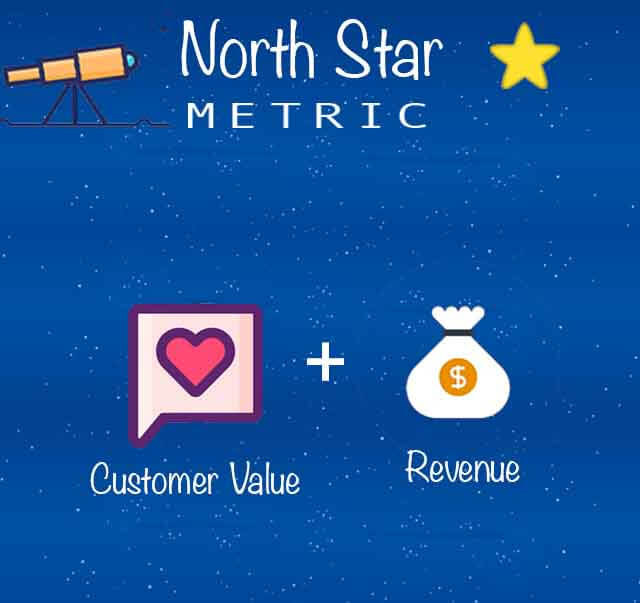
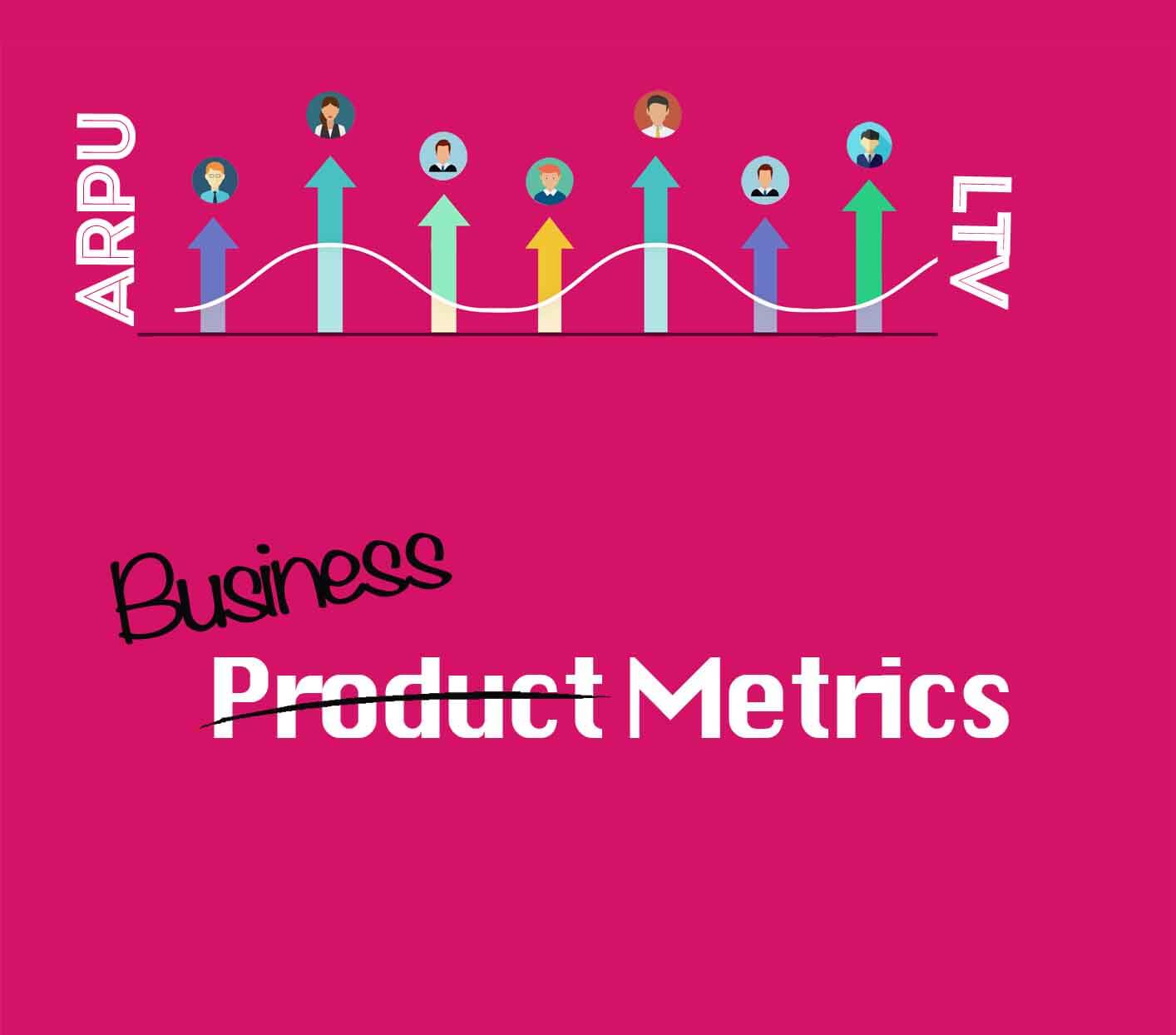
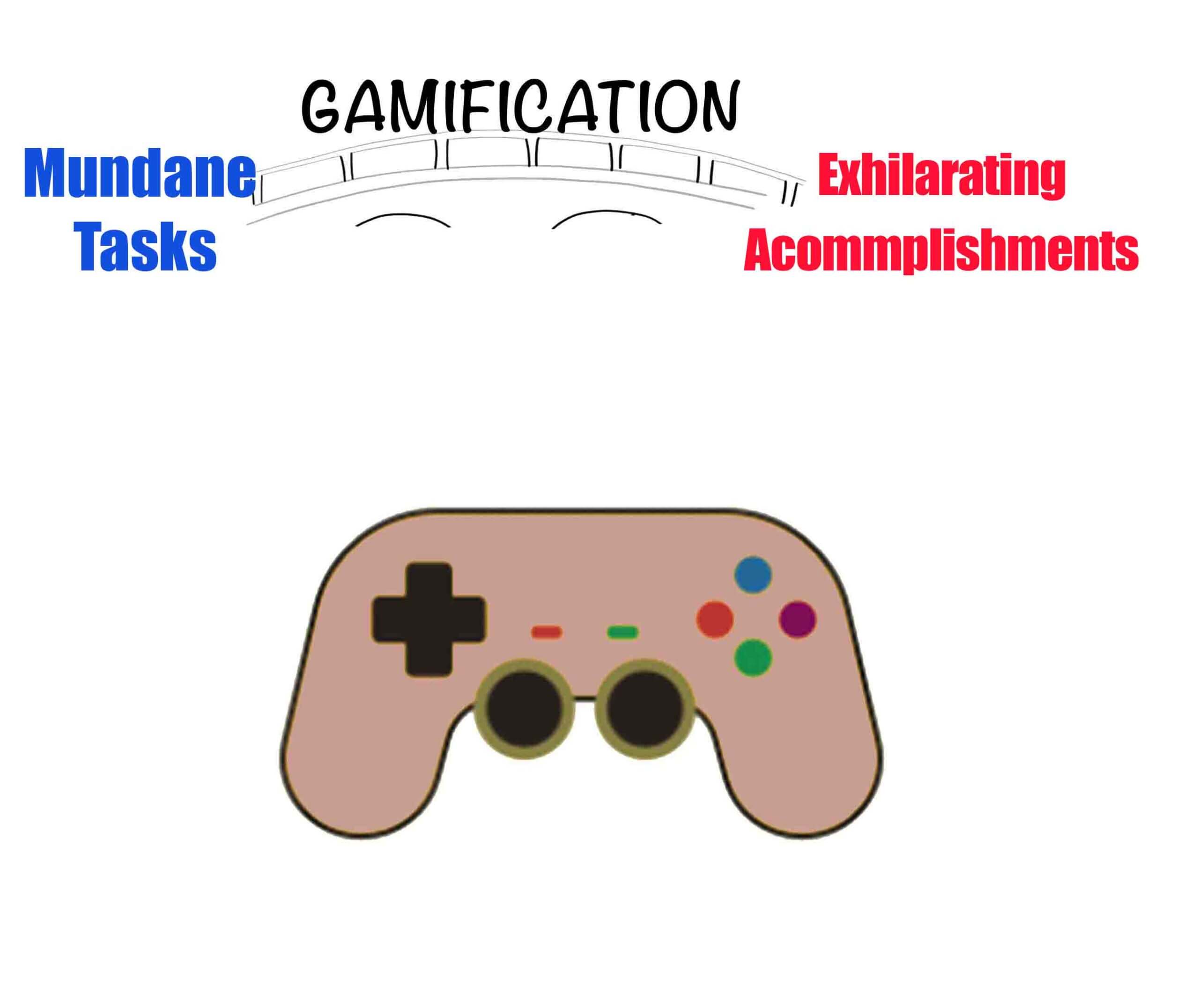

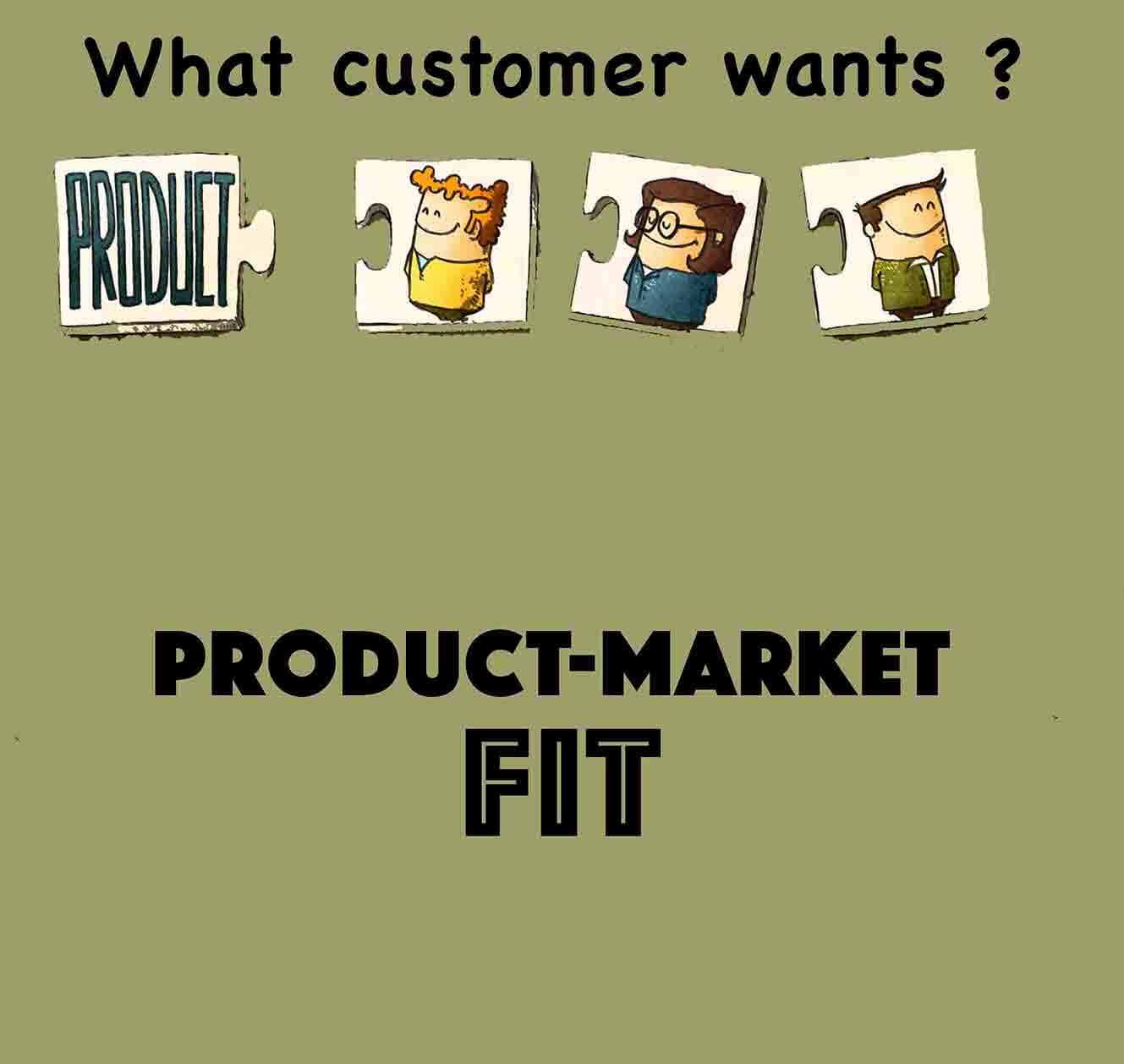
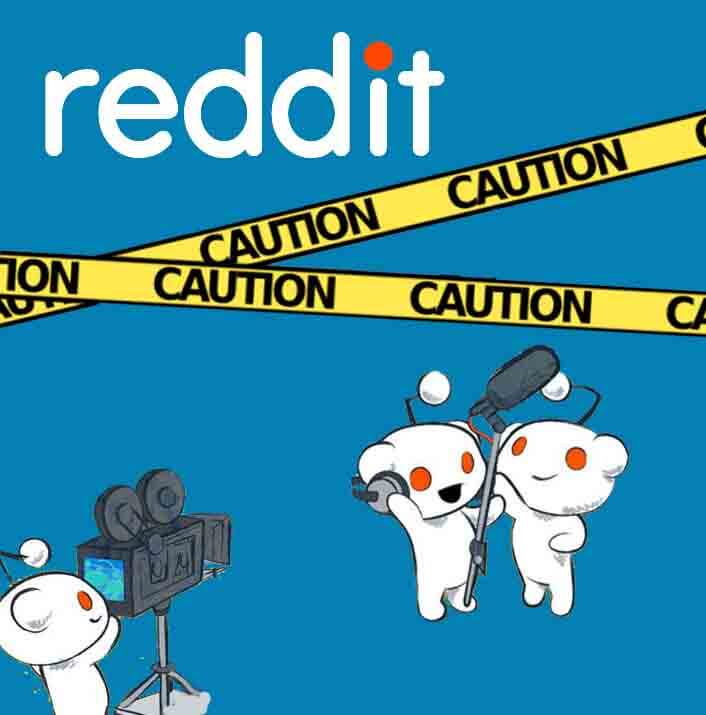
 Swipe for more stories
Swipe for more stories
Comments